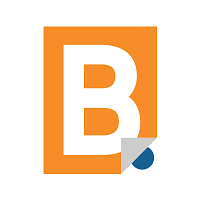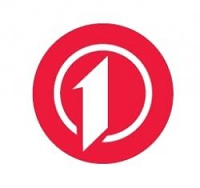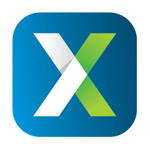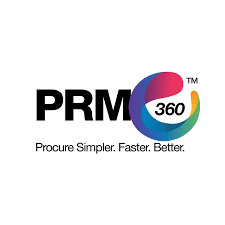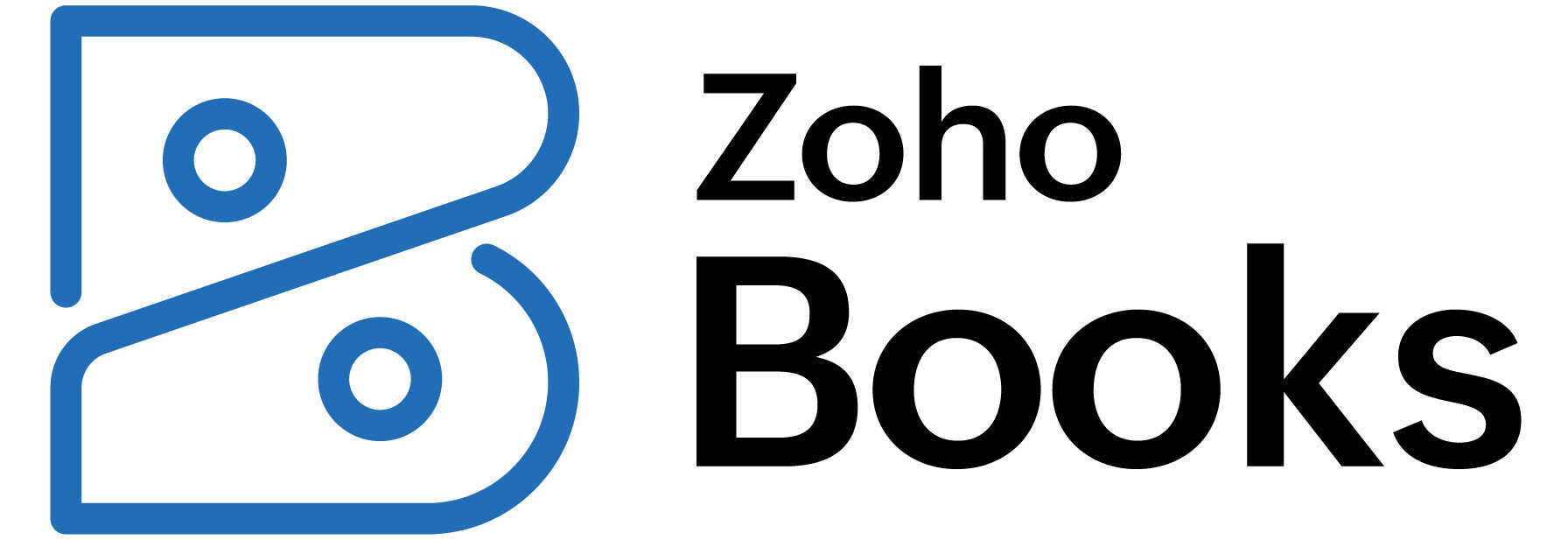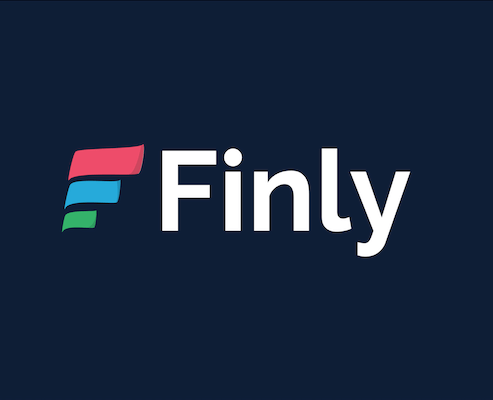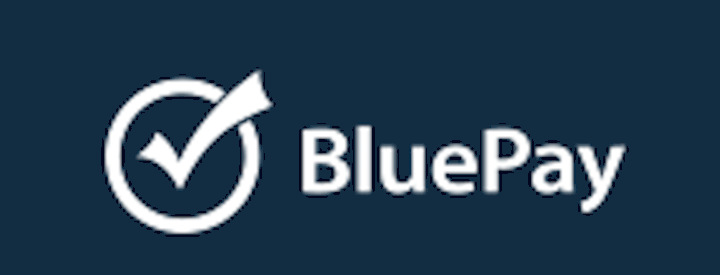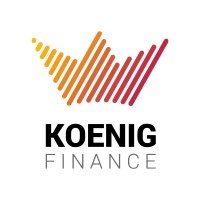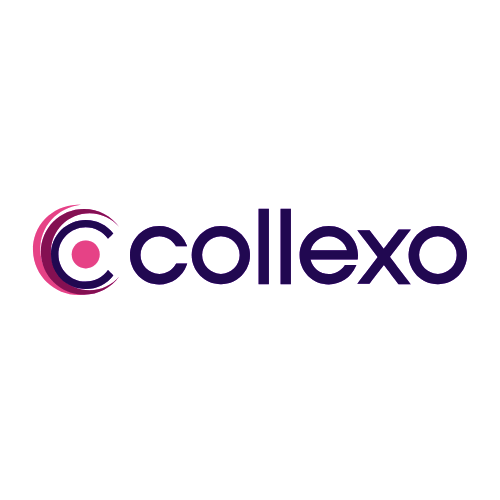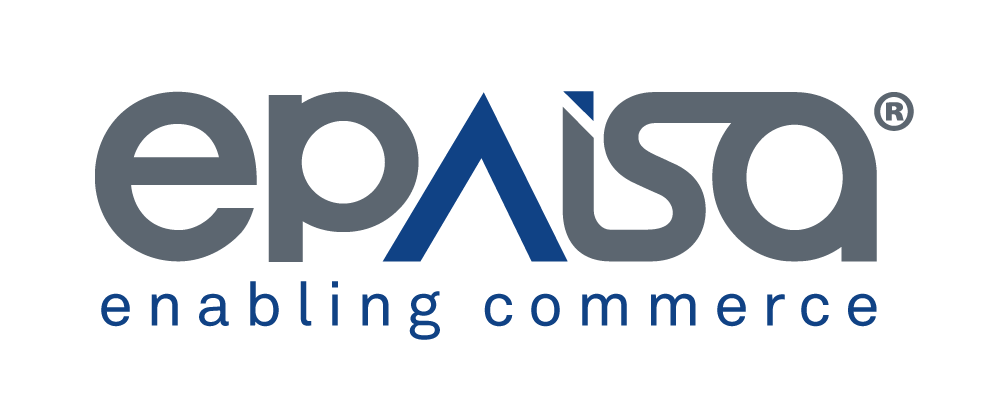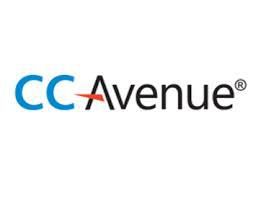Yes, you can use payment management software on more than one device and platform. Most payment management software is hosted in the cloud, so people may use it on any device that is connected to the internet. You may use it on your laptop, tablet, or smartphone, and it works with Windows, iOS, and Android. This flexibility makes it easy and quick to manage payments no matter where you are.
List of 20 Best Payment Management Software
Bill.com is a web-based accounting platform designed to simplify your payment processes. Easily process ACH payments, generate and send electronic invoices, and set payment reminders with a user-friendly interface. Our unique content and efficient pr...Read More Bill.com
Smart School - the leading ERP solution designed specifically for schools and educational institutions. With its advanced features and seamless integration with mobile applications, Smart School has become a trailblazer in School Management Systems...Read More SMART SCHOOL
Mindgate is a choice for a wide range of applications, renowned for its unparalleled reliability and credibility. With unparalleled performance and consistent results, Mindgate inspires trust and enhances productivity for critical tasks. Trust in the...Read More Mindgate
Payoneer is a leading payment solution that simplifies the process of receiving payments from anywhere in the world. With its global reach, businesses and individuals can easily receive payments through multiple online channels, breaking geographical...Read More Payoneer
PaymentVista, a payment platform that simplifies your business transactions. Our cloud-based solution allows you to collect payments three times faster and minimize manual effort by 80%. Share payment links effortlessly, send automatic email invoices...Read More Paymentvista
Pay1 is a payment management solution for effortless handling of multiple UPI and linked payment gateways. With advanced AI integration, it streamlines cash withdrawals and deposits through AePS or Debit/Credit Cards. Say goodbye to the hassle of man...Read More Pay1
Store POS, the complete solution for effortless store management. Our software offers all the essential features such as inventory management, barcode generation, invoice creation, and tracking of payments collected. From stock in to stock out, our s...Read More Store POS
SkoolApp solution for modern schools. Keep your school at the forefront of the digital age with our advanced features, including white labeling, integration with cutting-edge technologies like robotics and data science, and specialized Communication...Read More SkoolApp
AvidXchange is the leading cloud-based payment management solution. Our all-in-one system offers a purchasing card option and supports major credit cards like MasterCard. Our software simplifies the entire payment process, providing businesses of all...Read More AvidXchange
Smart Payables is a software for streamlining your SAP Accounts Payable process. Say goodbye to manual tasks and hello to efficiency with features like scanning, invoice posting, and workflow optimization. No extra hardware required, and you can be u...Read More Smart Payables
PRM360, the innovative Simplified Procure-to-Pay Suite from Acads360 India Pvt Ltd. Powered by the cloud, our robust procurement software optimizes and automates the entire procure-to-pay process, resulting in cost reductions and risk mitigation for...Read More PRM360
Zoho Books solution for seamlessly managing your business accounts online. With a free 14-day trial, experience the ease of staying on top of your finances and cash flow. This powerful software streamlines accounting processes for small businesses, e...Read More Zoho Books
Finly is a finance management and governance suite built to simplify business spending and enhance productivity. Our innovative platform offers customizable solutions for managing expenses and procurement, offering automated features for improved vis...Read More Finly
BluePay offers a flexible payment processing solution that is suitable for both consumer and business transactions. With its support for various payment methods, including physical POS, online, and mobile channels, BluePay seamlessly integrates with...Read More BluePay
KoenigFinance - an advanced software platform built with a 3-tier architecture and powered by Microsoft technologies. Our comprehensive suite of standalone modules is specifically designed to effectively meet your business needs. Get a firsthand expe...Read More KoenigFinance
Collexo is a unique Unified Payment Platform tailor-made for the education industry. Our platform simplifies and automates the collection, organization, and monitoring of all fee payments for educational institutions. With Collexo, schools can effici...Read More Collexo
ePaisa is a highly versatile Point of Sale platform that caters to businesses of all sizes. Its OmniPayment feature allows businesses to accept payments in different forms. Along with this, ePaisa offers an array of useful tools such as Inventory Man...Read More ePaisa
Bigdbiz CRM is a complete solution designed to boost your sales, enhance your marketing strategies, deliver outstanding customer support, and seamlessly integrate with other applications. It offers a comprehensive range of features and subcategories,...Read More Bigdbiz CRM
Veem - the premier solution for cross-border bank payments designed specifically for businesses. Easily send and receive payments, track transactions in real-time, and benefit from top-of-the-line security measures such as encryption and fraud preven...Read More Veem
CCAvenue is the premier Payment Gateway and Merchant Accounts solution in South Asia, providing unparalleled online credit card processing services. Our comprehensive software empowers your website to accept major credit cards like Visa, MasterCard,...Read More CCAvenue
Learn More About Payment Management Software
- What Is Payment Management Software?
- What Are The Recent Trends In Payment Management Software?
- Benefits Of Using Payment Management Software
- Important Factors To Consider While Purchasing Payment Management Software?
- What Are The Key Features To Look For In Payment Management Software?
- Why Do Businesses Need Payment Management Software?
- How Much Time Is Required To Implement Payment Management Software?
- What Is The Level Of Customization Available In Payment Management Software?
- Which Industries Can Benefit The Most From Payment Management Software?
- Conclusion
What Is Payment Management Software?
Payment management software is a form of technology that makes it easier and faster to handle and keep track of financial transactions. In other words, it's a program that helps businesses keep track of their payments, such getting money from customers and paying vendors and contractors. One of the best things about payment management software is how easy it is to use.
Businesses may quickly take payments from clients through credit or debit cards, electronic transfers, and mobile payments with this software.This gets rid of the requirement for manual processing and lowers the risk of mistakes or delays. Another benefit of payment management software is that it can make finances more clear and open.
Businesses may get a comprehensive picture of their cash flow, pending payments, and outstanding balances by getting real-time updates and reports. This is necessary for making smart choices about money and planning for future costs. Payment management software also has extensive security features to keep private financial information safe. It often has mechanisms for encryption, tokenization, and fraud detection to protect against possible cyber threats.
This makes firms and their customers feel safe when they do business with each other.In addition to these basic features, payment management software may additionally include things like managing invoices, charging customers on a regular basis, and working with accounting or CRM systems. These extra features can make things run more smoothly and cut down on the time and resources needed for manual activities.
What Are The Recent Trends In Payment Management Software?
In the last few years, businesses have changed a lot about how they handle payments. As e-commerce and online transactions have grown, the need for software that can handle payments quickly and safely has grown.
As a buyer, it's important to keep up with the newest trends in this area so you can make an informed choice.
1. Support for Multiple Payment Methods: Customers want to be able to pay in a variety of ways now that digital payments are becoming more popular. This has led to the creation of payment management software that works with a variety of payment methods, including credit and debit cards, e-wallets, and even cryptocurrency. As a buyer, it's important to pick software that can handle a wide range of payment methods to meet the demands of all your consumers.
2. Better Security: As data leaks and cyber attacks continue to be a problem for businesses, payment management software has gotten better at keeping your information safe. Some of these are tokenization, encryption, and algorithms for finding fraud. As a buyer, it's very important to find software that has strong security features to keep your clients' private financial information safe.
3. Mobile Optimization: Payment management software has also become mobile-optimized as more and more people use smartphones. This implies that businesses may now easily handle payments on the road without a laptop or desktop. Customers can also pay with their mobile devices when they use mobile-friendly software, which makes things even easier.
4. Reporting and Analytics: Data is very important in company, and payment management software today has powerful analytics and reporting tools. This gives organizations useful information about how their consumers pay, which can help them make decisions based on facts. As a buyer, you should seek for software that has full reporting and analytics features to help you better understand how your firm is doing financially.
5. Streamlined Invoicing: A lot of payment management software now lets firms send out invoices, which makes the billing process easier. Businesses can save time and better manage their cash flow by being able to make and send invoices right from the software. If you're a buyer, look for software that lets you send invoices to speed up the payment process.
Benefits Of Using Payment Management Software
Businesses of all sizes that deal with money need payment management software. This software makes payment procedures faster and easier for organizations by automating them. It helps businesses keep track of payments, collect payments from clients, and manage their financial data.
Let's explore, why payment management software is a must-have for any organization and what benefits it has.
1. Increases accuracy and efficiency: One of the main benefits of adopting payment management software is that it makes things more accurate and efficient. Businesses can save time and lower the risk of human error by automating payment operations. This program makes it easy and quick to process and keep track of payments, so there's no need to enter data by hand, which lowers the chance of making mistakes.
2. Makes payments easier: Payment management software makes the whole payment process easier, from sending invoices to collecting payments. This software can do everything from making bills to sending reminder emails to processing payments, all in one place. This makes it easier for businesses to accept payments and for customers to make payments, which leads to a better and more efficient payment experience.
3. Gives clients a choice of payment methods: Since more people are shopping online and using electronic payments, customers expect businesses to give them a choice of payment methods. Customers can pay with a variety of methods, such as credit card, debit card, e-wallet, and ACH transfers, thanks to payment management software. This makes it easy for them to pay using the method they want. This can make customers happier and make them more likely to do business with you again.
4. Makes things safer: Businesses are very concerned about security when it comes to managing money. Payment management software is very safe since it uses encrypted data and secure payment gateways. This keeps customers' private information, such credit card numbers, protected from possible cyber threats.
5. Gives businesses real-time data and reports: Payment management software gives firms real-time information and reports on their financial transactions. This lets firms keep an eye on their cash flow and payments so they may spot any problems or trends. Businesses can better comprehend their financial situation when they have access to real-time data since it makes it easier to balance accounts and prepare financial reports.
6. Works with other business software: Most payment management software may work with other business software, such CRM and accounting systems. This integration makes things easier and eliminates the need for manual data entry, which saves time and lowers the chance of mistakes. It also gives firms a complete picture of their financial data, which makes it easier to handle and study.
Important Factors To Consider While Purchasing Payment Management Software?
There are a few things that purchasers should think about before buying payment management software to make sure they are making the best choice for their business. Every part of the software search is important, from the features it has to the price and how well it works with other programs.
When buying payment management software, keep these crucial things in mind:
1. Security: The software's security features are one of the most crucial things to think about. It is also important to make sure that the program has strong security features like encryption and two-factor authentication because it will be handling sensitive financial information. This will keep your organization and your customers' data safe from possible cyber threats.
2. Payment Processing Options: Each business has its own special demands when it comes to processing payments. Before buying payment management software, check that it contains the payment processing features that your firm needs. This means being able to accept numerous currencies and payment methods, as well as being able to manage a lot of transactions at once.
3. Integration: You need to think about how well the payment management software will work with your current systems and applications. Seamless integration will save you time and effort in the long run because you won't have to enter data by hand and the chance of making mistakes will be lower.
4. Reporting and Analytics: Payment management software that gives you thorough reports and analytics will help you understand how your firm is doing financially. To make smart choices and keep an eye on how well your firm is doing, look for software that lets you change reports and see data in real time.
5. Scalability: As your business expands, so will the number of payments you need to process. Think about getting software that can grow with your business and handle changes in payment methods and volume without causing problems for you.
6. Easy-to-Use Interface: For both you and your consumers to have a smooth and trouble-free experience, the interface must be easy to use. Find software that is straightforward to understand and use, with features that are easy to find and follow.
7. Technical Support: It's crucial to be able to get help with technical problems or questions. Find software that has good customer service, whether it's by phone, email, or chat, so you can get help whenever you need it.
8. Price: Last but not least, think about how much the software will cost. It's easy to want to pick the lowest choice, but you should think about the software's worth and long-term benefits. Think about the overall cost of ownership, which includes any subscription fees, transaction fees, and any other expenditures that may not be obvious.
What Are The Key Features To Look For In Payment Management Software?
There are a few important things you should look at when choosing payment management software for your business to make sure you're getting the greatest deal for your needs.
These are some of the things that make it special:
1. Payment gates: The software should work with a lot of different payment gateways so that you may accept payments from credit cards, debit cards, and internet payments.
2. Different ways to pay: The software should let clients pay in different ways, like with a one-time payment, a monthly payment, or an installment plan. This gives the buyer more options and makes things easier for them.
3. Security: Payment management software should have strong security features to keep customer data safe and stop fraud. This includes things like encryption, tokenization, and rigorous adherence to PCI DSS regulations.
4. Integration: Find software that works well with the systems and platforms you already have, such your accounting software or e-commerce website. This makes the payment process easier and keeps people from making mistakes when they enter data by hand.
5. Reporting and analytics: The software should give you extensive reports and analytics that assist you keep track of your transactions, sales, and customer information. This information is very important for spotting patterns and making smart business choices.
6. Customization: Every organization is different, so be sure that the payment management software you choose can be changed to fit your needs. This could include possibilities for branding, bespoke payment plans, and payment forms.
7. Easy to use: The program should be easy for you and your clients to use and find their way around. A clear and easy-to-use design may save everyone time and make things less frustrating.
8. Scalability: Think about how your firm might grow and pick software that can grow with it. This will stop you from having to constantly update or switch to a new platform as your firm grows.
9. Customer service: Find a company that offers great customer service, including help with technical issues and training. This will make sure that the transition goes well and that any problems that come up after implementation are taken care of. If you think about these important things when looking for payment management software, you can choose the one that is best for your business needs and goals.
Why Do Businesses Need Payment Management Software?
Payment management software is an important tool for organizations of all sizes and types. It is meant to make it easier and faster to receive, keep track of, and handle payments from clients. In today's fast-paced digital world, where cash transactions are becoming less common, every business needs good payment management software to be successful.
Businesses require payment management software for a number of reasons, but one of the most important is to make sure that transactions go smoothly and safely. Businesses can use this software to take payments through a variety of methods, including credit cards, debit cards, e-wallets, and online bank transfers. This makes things easier for customers and makes the whole customer experience better.
Payment management software also has powerful analytics and reporting tools that may help firms keep track of and analyze their payment data. This can give you useful information on how customers act, what payment methods are most popular, and how well your sales are doing overall. Businesses can use this information to make smart choices regarding their products, services, and marketing plans. Another big benefit of payment management software is that it can automate tasks.
It can automate payments that happen on a regular basis, give customers reminders about payments, and make invoices, which saves firms time and money. This lets them focus on other important parts of their business, which will ultimately make them more efficient and productive. Payment management software also makes ensuring that payments are made in accordance with industry norms and rules. Businesses can make sure their consumers have a safe and secure payment environment by using built-in security features like encryption and fraud protection.
How Much Time Is Required To Implement Payment Management Software?
The time it takes to set up payment management software might change based on things like how complicated the program is, how big the firm is, and how many resources are available. The process of putting something into action usually takes a few weeks to a few months. One of the first things you should do when you start using payment management software is figure out what your organization needs and wants. This means looking at how you now handle payments and finding ways the software can help you work faster and more efficiently.
The next step is to choose the right payment management software that fits with your business aims and objectives after this first evaluation.This procedure can take anything from a few days to a few weeks, depending on how much research and evaluation you do. To make sure you get the greatest software for your business, you need take the time to properly look at and compare different possibilities.
You can start the implementation procedure once you've chosen the program. Setting up the software, connecting it to other systems, and customizing it to meet your business needs are all part of this. Depending on how complicated your business procedures are and how much customization is needed, this stage may take different amounts of time. Your staff may also need to learn how to use the program and get used to it before they can use the system properly.
This could take a few days or weeks, depending on how hard the software is to use and how good your staff is with technology. In general, it can take anything from four to sixteen weeks to set up payment management software. It's vital to remember that this timetable could change if there are unexpected problems or delays, such technological issues or changes in company needs.
So, to make sure that the implementation goes smoothly and successfully, it is best to provide some room for flexibility in the timeline. In the end, payment management software is a very important investment for organizations that want to make their payment processes easier and more efficient, even though it can take some time to set up. You can make sure that the switch to a better payment management system goes smoothly and successfully by carefully thinking about what your business needs, choosing the correct software, and giving yourself enough time to set it up.
What Is The Level Of Customization Available In Payment Management Software?
Payment management software lets organizations customize it in many ways to match their unique needs and requirements. Depending on the software supplier, these alternatives may be different, but they usually give you a lot of freedom and control over the payment process. First and foremost, payment management software lets businesses choose the payment methods they want to accept.
This encompasses both old and new ways to pay, such as credit cards, debit cards, bank transfers, digital wallets, mobile payments, and even cryptocurrency. This lets firms serve more clients and change with the times as people's tastes change. Payment management software also lets you change the prices and fees to fit your needs.
Businesses can set different costs for different payment methods, give discounts to select clients or products, and even make tiered pricing plans for different levels of service. Businesses can make a price plan that works best for their own business model with this level of customisation. Branding is another important part of customizing payment management software.
Businesses can make their payment page appear and feel like their brand. This involves adding logos, changing the colors and fonts, and even adding messages that promote the business. This not only makes the payment process smoother and more professional for clients, but it also helps people remember and trust your brand. Payment management software also lets you change the security and fraud protection settings to fit your needs.
To protect against fraud, companies might make their own rules for managing risk, like setting restrictions on transactions and blocking certain nations. They can also set up alerts and notifications for transactions that seem suspicious, which adds another level of security. In general, payment management software has a lot of options for customization, which lets businesses make their payment process fit their needs. This not only makes the client experience better, but it also helps businesses run their payment systems more efficiently and make more money.
Which Industries Can Benefit The Most From Payment Management Software?
Payment management software is a strong tool that helps organizations make their payment operations more efficient and better manage their money in general. This software is meant to make things like invoicing, billing, and payment tracking easier and more automatic. This helps businesses save time and make fewer mistakes. Payment management software can help organizations of all sizes and in many different fields, but some fields can get the most out of its features and functions.
These fields are:
1. E-commerce: Payment management software may be quite helpful for e-commerce enterprises as more and more people shop online. They can easily add payment processing to their websites and keep track of transactions in real time using this software. It also has safe ways to pay, which makes customers feel safe when they make a purchase.
2. Businesses that rely on subscriptions: Businesses that rely on subscriptions, such publications, online streaming services, or monthly subscription boxes, depend on payments that come in on a regular basis. Payment management software takes care of recurring payments automatically, making sure that customers' subscriptions are renewed on time and lowering the chance of missed or late payments.
3. Retail: Online and brick-and-mortar establishments both do a lot of business every day. By automating payment processing and reconciliation, payment management software can get rid of manual tasks and mistakes made by people. It also has tools that help firms find and stop fraud, which keeps them from losing money.
4. Healthcare: The healthcare industry has a complicated payment system that includes billing, insurance claims, and co-payments. Payment management software can make this process easier by working with electronic health record systems and automatically submitting claims. This cuts down on the paperwork that healthcare professionals have to do.
5. Organizations that provide services: Freelancers, consultants, and professional service firms are examples of service-based organizations that can use payment management software to keep track of billable hours and make bills for their clients. The software also has features like notifications for late payments and the ability to pay online, which makes it easier to monitor cash flow.
Conclusion
After doing a lot of research and comparing different payment management software alternatives, it's evident that this technology is becoming more and more important in today's digital economy. This software has many benefits for organizations of all sizes, including making payment procedures easier and more secure and helping to combat fraud. When selecting which payment management software to invest in, there are a few crucial aspects to bear in mind. First and foremost, figure out what your payment needs and goals are.
Do you mostly need to handle online payments, keep track of regular payments, or look at and analyze financial data? This will help you find the right software for your business by narrowing down your possibilities. The software's features are also quite crucial to think about. You should look for features like the ability to customize invoices, support for many currencies, and the ability to connect with common accounting and eCommerce platforms.
You should also look at how easy the software is to use and how well it works with other programs. For you and your staff, a user-friendly interface may save time and make managing payments easier. Also, it's important to think about the security features of the software. As cybercrime becomes more common, it's important to protect your clients' private information.
Find software that can handle payments safely, protect data, and follow industry standards like PCI DSS. Finally, take into account the pricing and payment structure of the software. While budget-friendly choices are always enticing, be aware of hidden fees or limitations that may end up costing more in the long run. It is also worth examining if the software offers a free trial or demo period, allowing you to test it out before making a commitment.
Payment Management Software FAQ's
Can Payment Management Software Be Accessed Across Multiple Devices And Platforms?
Is Payment Management Software Future-Proof And Adaptable To Emerging Technologies Like AI, Blockchain Or IoT?
Yes, payment management software is made to last and work with new technologies like AI, blockchain, and the Internet of Things (IoT). These software programs are often getting new features and being updated with the newest technology.
This helps businesses stay ahead in the world of payments, which is always evolving. Payment management software may use AI, blockchain, and IoT to make payment processes faster and safer, give organizations and their consumers real-time insights, and offer solutions that are personalized to their needs.
Is There A Free Trial Offered To Assess Payment Management Software Before Committing?
Yes, a lot of companies who make payment management software let people try it out for free first. This lets people try out the software's features and functions before they decide to buy or subscribe. During the trial period, users can see if the program can do what they need it to do for their business. It's usually a good idea to try out free samples of payment management software before making a selection.
Does Payment Management Software Offer Data Security Features And Meet Regulatory Compliance Standards?
Yes, most payment management software has strong data security measures and follows rules like PCI-DSS, GDPR, and HIPAA. These features, such as secure servers, data encryption, and compliance certifications, keep private payment information safe. Using a good payment management program can help businesses protect their customers' private information and avoid breaking the law.
Can Payment Management Software Integrate Seamlessly With Existing Tools And Platforms?
Yes, payment management software is made to work well with the tools and platforms you already use. This makes the payment process faster and easier, and it also makes it easier to manage and report on data. Most software for managing payments has APIs that let you connect to your current systems easily. This integration also makes sure that all the data is the same on all platforms, which saves time and lowers the chance of mistakes.

